Umibōzu—a sea monster whose name alone sends chills down your spine. This mysterious entity has been spoken of among fishermen for generations. According to legend, a giant monster with a monk-like head emerges from the sea, attacking ships and spreading fear. What is the true nature of this creature? Is it a misidentified natural phenomenon, a spiritual being, or a manifestation of the fear lurking in people’s hearts? In this article, we will delve into the enigma of Umibōzu, a mystery not as well-known as it might seem.
What is Umibōzu?
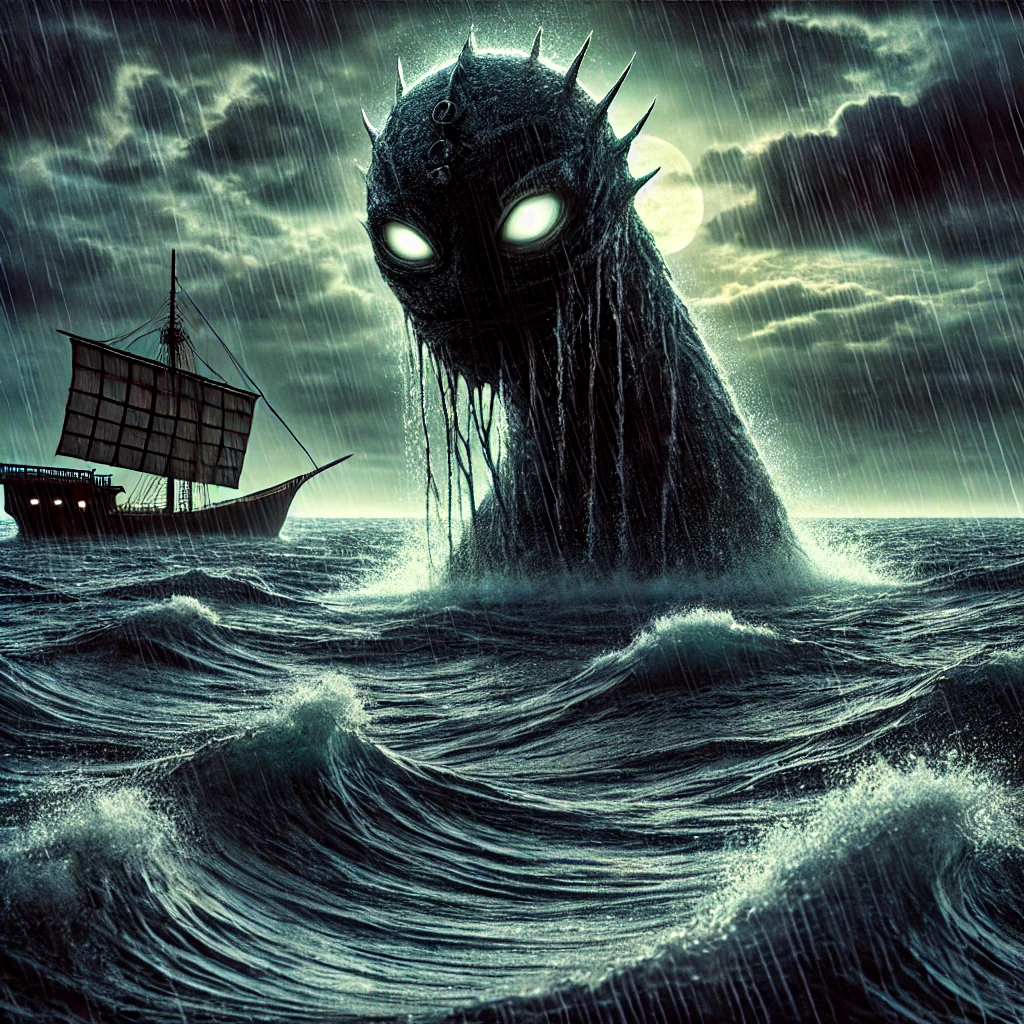
Umibōzu is a sea monster that appears in Japanese waters, known for its nocturnal appearances. Typically, a calm sea suddenly swells, revealing a giant with a black, monk-like head. This giant can range from several meters to several dozen meters in size, and it is feared for its ability to destroy ships. While smaller Umibōzu have also been reported, sightings of them are not uncommon.
The appearance of Umibōzu is often intertwined with hallucinations and tales of ghost ships, making the distinction between the two unclear. Sometimes, Umibōzu is equated with ghost ships that come to sink vessels while asking for a ladle. However, unlike ghost ships that appear during stormy weather, Umibōzu can appear even in calm seas, often followed by bad weather or sinking ships. This has led to speculation that Umibōzu might be a misidentified sea creature or natural phenomenon.
Umibōzu typically appears naked, resembling a monk, and they often attack ships in groups. They cling to the hull and oars, extinguish bonfires, and sometimes swim while shouting “Yāyā,” screaming “Aitata” when struck with an oar. Their weakness is said to be tobacco smoke, so having some ready can supposedly save you if you encounter an Umibōzu.
Legends of Umibōzu
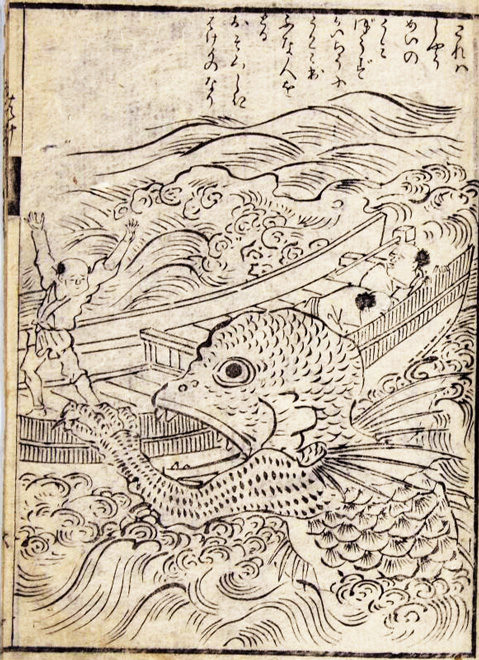
There are various legends about Umibōzu across different regions. Here are a few of them:
Tohoku Region
Aomori Prefecture: Mōjafune
In Higashidōri Village, Shimokita District, Aomori Prefecture, there is a legend that humans eaten by sharks become “Mōjafune.” It is said that mixing miso with water and pouring it into the sea can ward them off.
Miyagi Prefecture: Umibōzu Transforming into a Beautiful Woman
In Kesenuma Oshima, Miyagi Prefecture, there is a story of Umibōzu transforming into a beautiful woman and challenging people to a swimming race. Similar legends are also told in Iwate Prefecture.
Kanto Region
Chiba Prefecture: Ghost Ship Umibōzu
In Chiba Prefecture, ghost ships are said to be Umibōzu. An old fisherman, who realized that a chasing ship was actually Umibōzu, scared it away by striking the water surface with a pole.
Chubu Region
Shizuoka Prefecture: Umikozō
In Kamo District, Shizuoka Prefecture, there is a story of a small boy called “Umikozō” with hair covering his eyes. He follows fishing lines and smiles at fishermen.
Nagano Prefecture: River-Dwelling Umibōzu
In Nagano Prefecture, there is a legend of a river-dwelling Umibōzu. This giant black creature with a Buddha-like head only shows its upper body above the water.
Kinki Region
Wakayama Prefecture: Umibōzu of Kemiiura
In Wakayama Prefecture, there was a report in 1888 of an Umibōzu at Kemiiura. Described as a monster with a body like a large ape, 2.1 to 2.4 meters tall, weighing 225 to 263 kilograms, it had brown hair, orange eyes, a crocodile-like mouth, a fish-like belly, a shrimp-like tail, and a voice like a cow.
Chugoku Region
Tottori Prefecture: Umibōzu in Inaba Kaidan-shū
In Tottori Prefecture, the Edo period “Inaba Kaidan-shū” contains a legend of Umibōzu. A man undefeated in sumo wrestling encountered a monster by the sea, captured it after a fight, and it was revealed to be Umibōzu by a 90-year-old villager.
Shikoku Region
Ehime Prefecture: Shirami Yūren and Longevity Umibōzu
In Kitauwa District, Ehime Prefecture, a white substance swimming in the sea at night is called “Shirami” or “Shirami Yūren.” Fishermen refer to it as “Baka,” and it gets angry and clings to the boat if it hears this name, causing trouble for the fishermen. In Uwajima, Ehime Prefecture, there are legends of Umibōzu transforming into a blind monk attacking humans, or that seeing Umibōzu brings longevity.
Other Regions
Bisan Seto: Nurarihyon
In Bisan Seto, there is a round-headed monster called “Nurarihyon.” It floats near boats, and when people try to grab it, it slips away and sinks, only to float up again.
Sado Island: Tateboshi
On Sado Island, there is a monster called “Tateboshi,” which stands 20 meters tall and rises from the sea to attack boats.
Similar Western Legends
In Western folklore, there are similar creatures like the Sea Monk and the Sea Bishop, half-fish men resembling Japan’s Umibōzu.
Umibōzu in Classical Literature
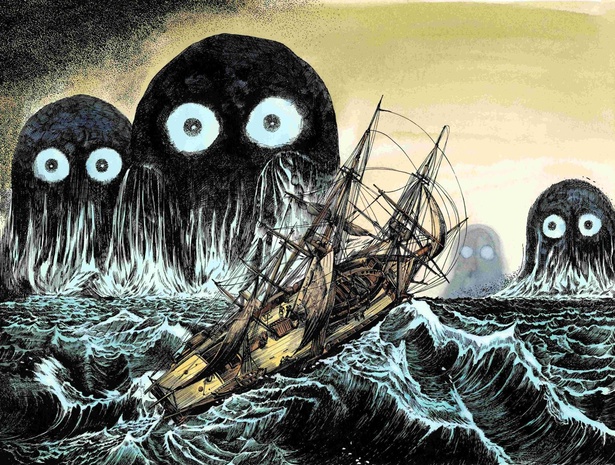
Umibōzu has appeared frequently in classical literature over the ages. Here, we introduce some of the classical works where Umibōzu is featured and the contents of those accounts.
Umibōzu in “Kansō Jigo”
According to the Kansei-era essay “Kansō Jigo,” in Kaizuka, Izumi (present-day Kaizuka City, Osaka Prefecture), an Umibōzu emerged from the sea and stayed on land for about three days. During this period, children were forbidden from going outside until the Umibōzu returned to the sea.
Umibōzu in “Usō Kanwa”
In the essay “Usō Kanwa,” it is said that in Kuwana (present-day Mie Prefecture), Umibōzu appeared at the end of the month, and setting sail was prohibited. A sailor who broke this prohibition encountered an Umibōzu that asked, “Are you afraid of me?” The sailor replied, “There is nothing more frightening than navigating the world,” causing the Umibōzu to disappear. Additionally, there is a tradition that at the end of the month, a blind monk called “Zatōgashira” appears on the sea, asking, “Are you afraid?” If one shows fear, the monk says, “One should not set sail at the end of the month,” and disappears.
Kuro Nyūdō in “Kii Zatsudan-shū”
In the Edo-period classic “Kii Zatsudan-shū,” there is a description of Umibōzu known as “Kuro Nyūdō.” On a ship from Ise Province (present-day Mie Prefecture) heading to Cape Irago, a captain refused to allow a woman to board. However, a man named Zenjin forcibly brought his wife on board. As a result, the ship encountered a severe storm, believed to be the wrath of the Dragon God. Despite offerings thrown into the sea to calm the god, the storm did not cease until a giant head of Kuro Nyūdō appeared. When Zenjin’s wife threw herself into the sea, Kuro Nyūdō swallowed her, and the storm subsided. Kuro Nyūdō is considered a fallen form of the Dragon God and a monster seeking sacrifices.
Fune Nyūdō in “Honchō Kogoen”
In the Hōei-era work “Honchō Kogoen,” there is a description of an Umibōzu called “Fune Nyūdō.” This monster, about 6-7 shaku (approximately 1.8-2.1 meters) in height, lacks eyes, nose, hands, and feet. When encountered, it is advised to ignore it and pretend not to see it. If someone remarks, “What is that?” the boat will be sunk. In Yura Town, Awaji Island (present-day Sumoto City), there is a tradition that one can survive by throwing the most important item on the boat into the sea.
These classical accounts depict Umibōzu as a monster with varying appearances and behaviors across different regions in Japan. All these tales convey the fear and respect sailors and fishermen held for Umibōzu, perpetuating its existence through generations.
The True Nature of Umibōzu

Umibōzu has been a feared sea monster among fishermen since ancient times, and its legend continues to be passed down even today. But what exactly is the true nature of this terrifying Umibōzu?
Misidentification Theory
The most plausible theory about the true nature of Umibōzu is the “misidentification theory.” This theory suggests that existing “phenomena” or “creatures” were mistaken for a monster. For example, reports of Umibōzu appearing during rough seas or sinking ships could actually be attributed to:
- Marine creatures
- Natural phenomena such as cumulonimbus clouds or large waves
In this way, natural events or the movements of creatures may have been misunderstood and perceived as the work of a monster.
Spiritual Entity Theory
Another theory about the true nature of Umibōzu is the “spiritual entity theory.” This theory posits that Umibōzu could be a monster formed from the spirits of people who died at sea or a mass of drowned bodies appearing as a black lump. These spiritual entities, driven by fear, might have been recognized as monsters.
Manifestation of Human Fear
Considering these theories, it can be inferred that the true nature of Umibōzu might be a “manifestation of human fear.” When fear of something exceeds a certain threshold, humans may experience hallucinations and see bad things. In other words, the abnormal events occurring at sea might have been hallucinations perceived as monsters.
Possibility of Actual Existence
Of course, the possibility that Umibōzu truly exists cannot be entirely ruled out. This is why its legend continues to be passed down through generations.して妖怪に見えてしまった可能性が高いのです。
Recent Sightings
The most credible recent sighting of Umibōzu was reported in 1971. Additionally, explorer Yusuke Kakuhata has also mentioned Umibōzu. Let’s look at the details of these accounts.
Sighting in April 1971
In April 1971, an astonishing event occurred when the fishing boat “28th Konpira Maru” from Onagawa Town, Miyagi Prefecture, was tuna fishing off the coast of New Zealand. The longline the boat was reeling in suddenly snapped, and a giant creature emerged from the sea. The crew called this creature a “monster,” causing a great commotion.
This creature had a grayish-brown, wrinkled body and large eyes about 15 centimeters in diameter. Its nose was flat, and its mouth was not visible. Half of the creature’s body remained submerged in the murky seawater, and although its entire body was not visible, it appeared to have a trailing tail. The crew was ready to harpoon it, but the creature disappeared back into the sea.
Regarding this incident, an official from the Yaizu branch of the Distant Seas Fisheries Research Institute stated that professional fishermen would not mistake a fish or whale for a monster. According to the eyewitness account, the part of the creature that appeared above the water was about 1.5 meters, suggesting the entire body was more than twice that size. The official mentioned he had never heard of such a creature. This mysterious event was also reported in the Mainichi Shimbun on July 17, 1971.
Explorer’s Perspective
Explorer Yusuke Kakuhata had an experience being attacked by a walrus in Greenland. He stated, “Just like the local Inuit hunters, many people may have been dragged into the sea by this creature and lost their lives during humanity’s hunter-gatherer era.” He speculated that this collective memory might have imprinted on the collective unconscious, giving rise to the Umibōzu myth that is told worldwide.
Summary
How was it? In this article, we introduced Umibōzu. Umibōzu has been a part of folklore throughout Japan for centuries, and its true nature has been the subject of many theories from ancient times to the present day. These interpretations include misidentified natural phenomena, spiritual entities, hallucinations of drowned bodies, among others. All these interpretations might stem from people’s innate fear. Whether Umibōzu truly exists remains a mystery, but its enigmatic presence continues to stimulate our imagination. The legend of Umibōzu will remain an important cultural heritage, perpetuating the romance and fear of the sea.
Our website also introduces various other fascinating aspects of Japanese history and culture. If you are interested, we would be delighted if you read our other articles as well!



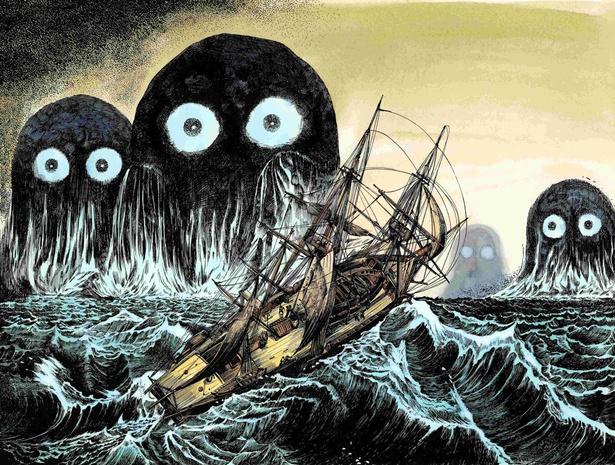
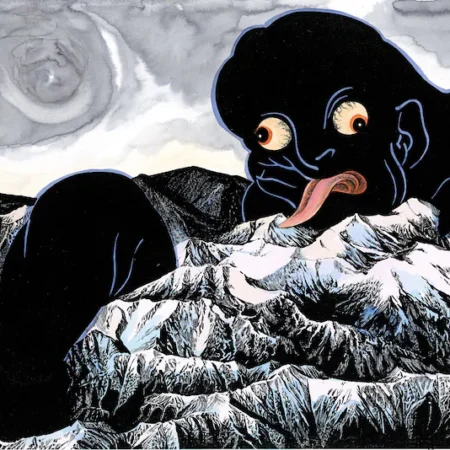
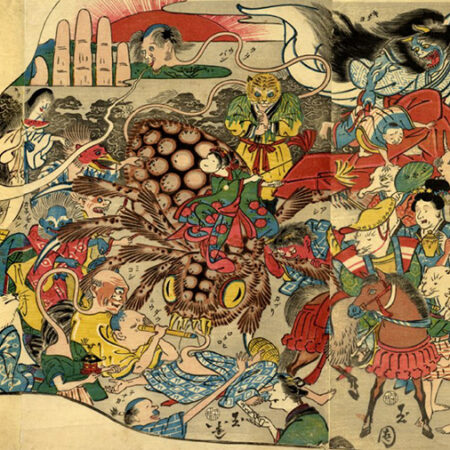


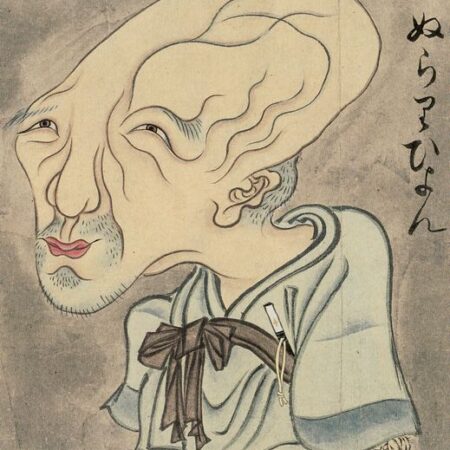

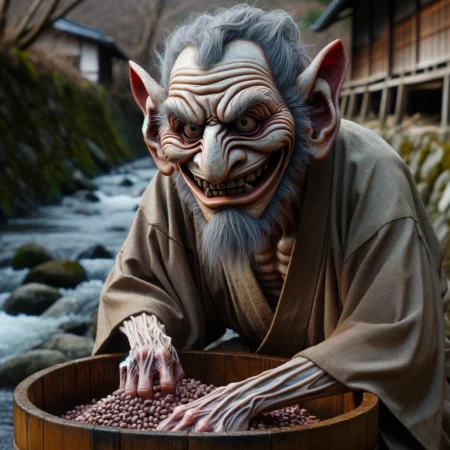
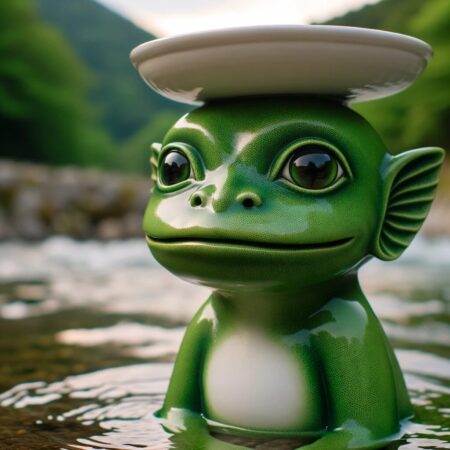

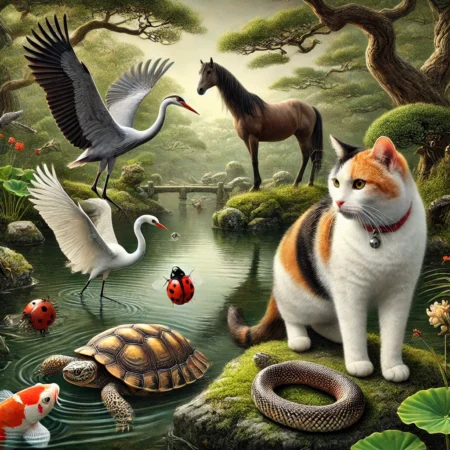


コメント